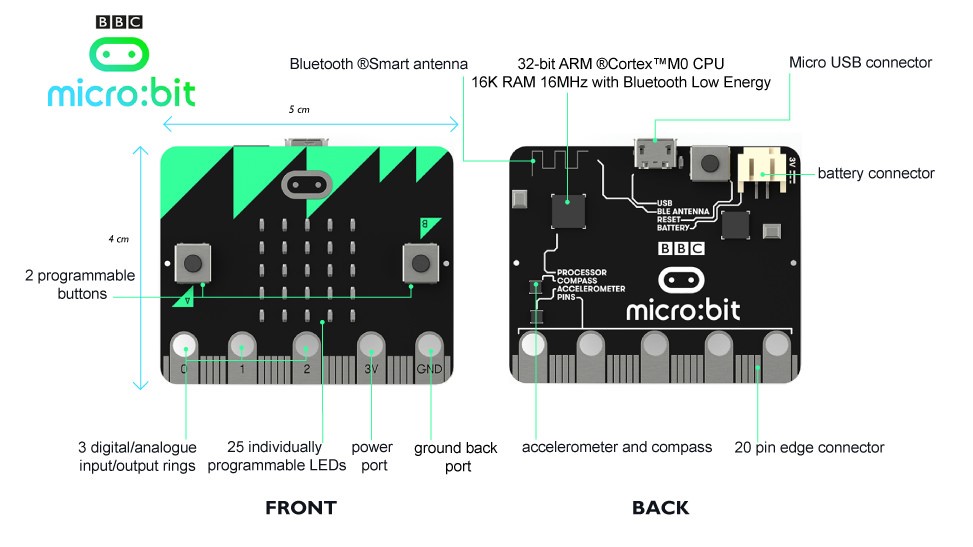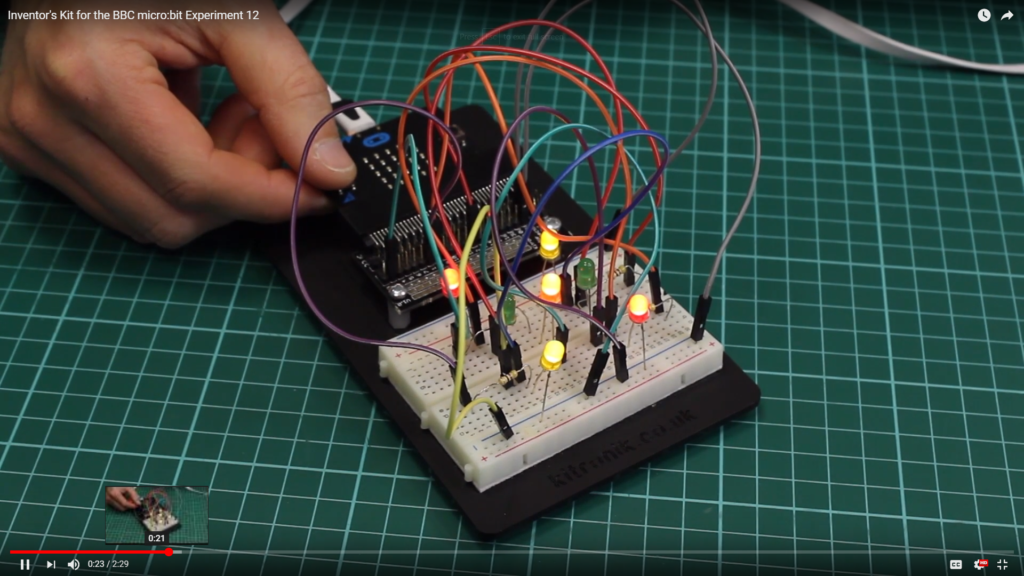
Table of Contents
Micro:bit BBC (Small pocket-size computer)
What is micro:bit BBC?
The BBC micro:bit is a pocket-sized codeable computer with motion detection, a built-in compass and Bluetooth technology, which was given free to every child in year 7 or equivalent across the UK in 2016.
A collaboration between 29 partners, the BBC micro:bit is the BBC’s most ambitious education initiative in 30 years, with an ambition to inspire digital creativity and develop a new generation of tech pioneers.
The UK currently faces a critical skills shortage in the technology sector and the BBC and partners aim to help change that.
In the 1980s, the BBC Micro introduced many children to computing for the first time and the BBC micro:bit, part of the BBC’s Make it Digital initiative, will build on the legacy of that project for the digital age.
It aims to inspire young people to get creative with digital and develop core skills in science, technology and engineering.
Coding in seconds
“We happily give children paint brushes when they’re young, with no experience – it should be exactly the same with technology,” Sinead Rocks, Head of BBC Learning said.
“The BBC micro:bit is all about young people learning to express themselves digitally, and it’s their device to own.
“It’s our most ambitious education initiative for 30 years. And as the micro:bit is able to connect to everything from mobile phones to plant pots and Raspberry Pi’s, this could be for the internet-of-things what the BBC Micro was to the British gaming industry.”
Taken from the website: http://www.bbc.co.uk/programmes/articles/4hVG2Br1W1LKCmw8nSm9WnQ/the-bbc-micro-bit
Introducing the BBC micro:bit – BBC Make It Digital
Getting started with the micro bit

IMAGE: The micro:bit BBC. Showing the front and the back in the bit (a microcontroller/computer). Notice the usb cable that runs from the bit to the computer. Credit: pixabay.com

IMAGE: The BBC micro:bit educational microcontroller platform, provided as a press sample by the BBC. Credit: Flickr.com Gareth Halfacree BBC micro:bit. https://www.flickr.com/photos/120586634@N05/26146398532

IMAGE: Close up- The BBC micro:bit educational microcontroller platform, provided as a press sample by the BBC.
Credit: Flickr.com Gareth Halfacree. https://www.flickr.com/photos/120586634@N05/25965969530
How it works:
In simple terms: Student can programme the micro bit using the Kitronic software (open source). It can perform all types of tasks like controlling LED lights, a buzzer, and small electric motor, and other electronic devices and components. Student use blocks (drag and drop) to create a ‘circuit’ (programming). The code (Python) is then uploaded from a computer to the micro bit. The micro bit interprets the ‘language’ and executes the commands.
In technical terms: The information is stored in microprocessor. Users are able to write Python scripts in the Micro Bit web editor which are then combined with the MicroPython firmware and uploaded to the device. Users can also access the MicroPython REPL running directly on the device via the USB serial connection, and this allows interacting directly with the Micro Bit’s peripherals.
Micro:bit code, LED ON and OFF

Here is an example of what the software looks like. Screenshots from the micro bit website below.
Programming the word ‘Hello!’ to scroll across the 5 x 5 pixel
Why teach with the micro bit?
The micro bit is made for school. The micro:bit was designed to be classroom-friendly from day one. More approachable than just coding, it’s a great way to achieve fun, practical results with motivated students.
Research Findings
The micro:bit’s development is backed with academic research. So far the results with well over 1 million devices deployed [BBC] are:
90% of students said the micro:bit showed them that anyone can code.
86% of students said the micro:bit made Computer Science more interesting.
70% more girls said they would choose Computing as a school subject after using the micro:bit.
85% of teachers agree it has made ICT/Computer Science more enjoyable for their students.
Half of teachers who’ve used the micro:bit say they now feel more confident as a teacher, particularly those who say they’re not very confident in teaching Computing.
Introducing computer programming
The micro bit is the perfect tool to make learning about computer programming fun and easy!
See teaching on the micro bit website
Kitronik Inventors Kit Resources:
Inventor’s Kit for the BBC micro:bit Experiment 1

The inventor’s kit has 12 experiments, which start with simple tasks and programming for beginners. See the list below.
| Exp No#. | Experiment Name. | Resource Type. | |
| 1 | Say Hello to the BBC micro:bit. | Further Help. | |
| 2 | Using an LDR and analog inputs. | Full Experiment + Further Help. | |
| 3 | Dimming an LED using a potentiometer. | Further Help. | |
| 4 | Using a transistor to drive a motor. | Full Experiment + Further Help. | |
| 5 | Using the accelerometer to control motor speed. | Further Help. | |
| 6 | Setting the tone with a piezo buzzer. | Further Help. | |
| 7 | Wind Power. | Full Experiment + Further Help. | |
| 8 | Making a game using the compass. | Further Help. | |
| 9 | Capacitor charge circuit. | Further Help. | |
| 10 | Using an RGB LED. | Further Help. | |
| 11 | Making a pedestrian crossing. | Full Experiment + Further Help. | |
| 12 | Making a random dice. | Full Experiment + Further Help. | |

